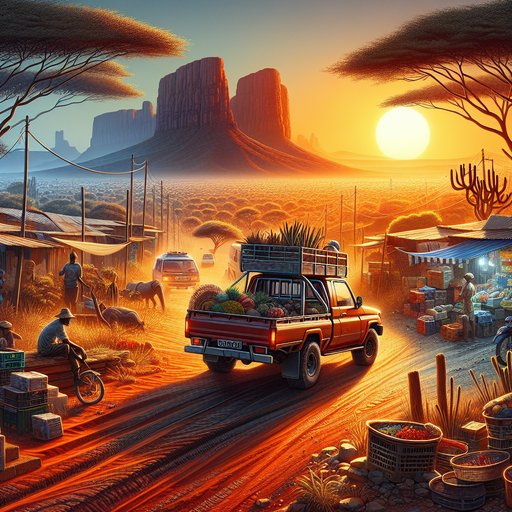
Across Australia, Africa, and Asia, pickup trucks carry more than cargo—they carry livelihoods. The same ladder-frame platforms that tow caravans in the Outback also haul produce to market in East Africa and double as family vehicles in Southeast Asian megacities. With new hybrids, tougher safety standards, and expanding local assembly, the region-by-region story is converging on one point: pickups remain the most adaptable tool for places where distance, terrain, and work demands don’t take days off.
In Australia, the modern “ute” is both a workhorse and a weekender, with dual-cab pickups like the Toyota HiLux, Ford Ranger, and Isuzu D‑MAX pulling duty from job sites to beach ramps. Long distances and towing needs shape the market, keeping 4x4 drivetrains, low-range gearing, and 3.5‑tonne ratings front and center. Safety expectations are rising, with widespread adoption of advanced driver-assistance and a push toward five-star ANCAP ratings. Electrification is arriving pragmatically: 48‑volt mild-hybrid Hilux variants landed in 2024, while a plug-in hybrid Ranger is slated for 2025, aiming to trim fuel bills without sacrificing range in remote travel.
In Africa, the “bakkie” is often the default vehicle for agriculture, mining support, tourism, and NGO logistics, where high ground clearance and simple, durable diesels make the difference between getting through or turning back. South Africa serves as a production and export hub for models like the Ranger and HiLux, while assembly operations in countries such as Kenya bolster parts supply and service networks. Buyers prize reliability and payload over luxury, though canopies, roll bars, and auxiliary fuel tanks are common upgrades for business use. Electrified options remain scarce in rural areas due to charging constraints, but improved diesel efficiency and serviceability have immediate, tangible benefits for operators.
Across Asia, Thailand’s role as a “pickup capital” keeps one-ton trucks like the Isuzu D‑MAX, Toyota Hilux, Ford Ranger, and Mitsubishi Triton at the heart of regional supply chains. Favorable tax structures in ASEAN markets and a culture of multi-purpose vehicles mean pickups often serve as both work rigs and family transport. Urban flooding in places like the Philippines and Indonesia adds practical appeal to the ride height and wading capability of 4x4 variants. Biofuel policies, such as Indonesia’s biodiesel mandates, influence engine calibration and fuel-system durability, while early electrified entries—like plug-in hybrid pickups launched in Thailand—target city-to-rural commuting where overnight charging is feasible.
Lifestyle and commerce now intersect around pickups, from Australia’s growing overlanding scene to Africa’s small-business fleets and Asia’s thriving accessory markets. Telematics and fleet software are spreading through contractors and SMEs, helping track fuel use, routes, and maintenance to keep trucks earning. Aftermarket ecosystems—canopies, snorkels, suspension kits, and bed systems—tailor the same platform for vastly different terrains and trades. Looking ahead to 2025, cleaner diesel tech, mild hybrids, and selective plug-in offerings are poised to expand where infrastructure and duty cycles make sense, reinforcing the pickup’s role as the region’s most adaptable four-wheeled tool.












